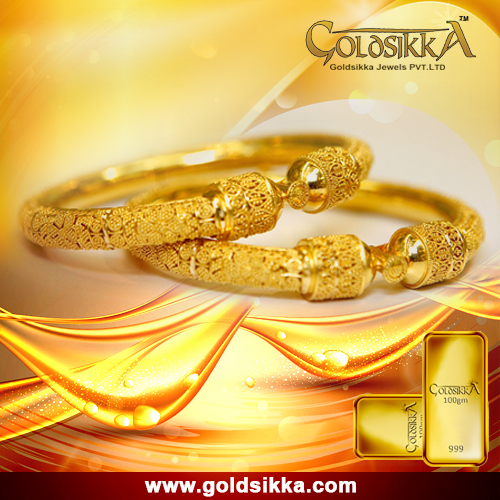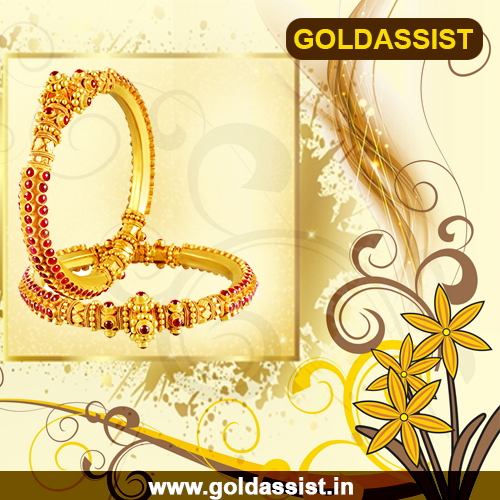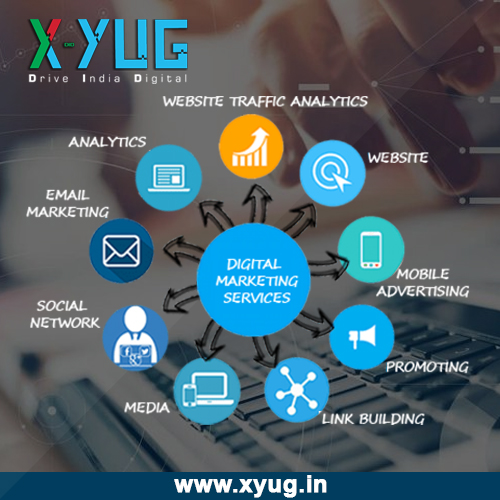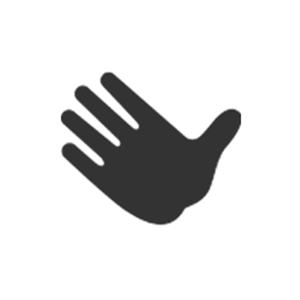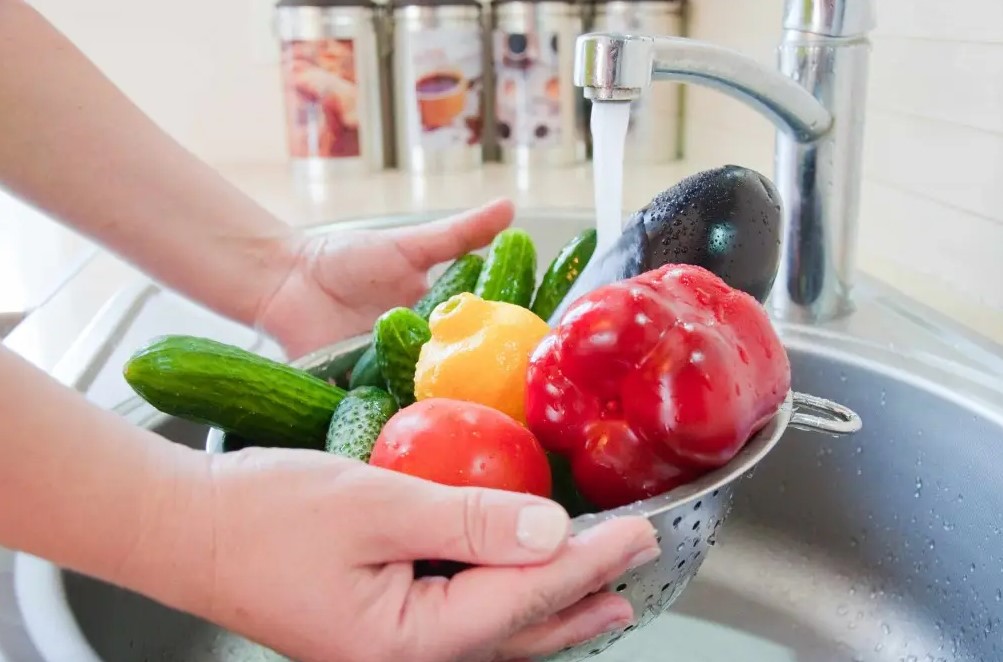
According to a new report published by Allied Market Research, titled, "Food and beverages disinfection Market by Product Type and End User: Global Opportunity Analysis and Industry Forecast, 2018 - 2025,"The global food and beverages disinfection market size is estimated to reach $2,387.9 million by 2025 growing at a CAGR of 4.4% through the forecast period. The chemical based disinfection products segment led the food and beverages disinfection market in 2017, followed by UV disinfection equipment. The significant growth in this segment is attributed to increased penetration of packaged food products in retail food industry, growth in awareness toward food borne diseases, and introduction of regulatory imposition from government organizations.
Key Players:
Toshiba,
Evoqua Water Technologies,
UV-Guard Australia,
Evonik,
Trojan Technologies,
Entaco, Solvay,
CCL Pentasol,
Halma,
Xylem.
Chlorine compounds are one of the most convenient chemical disinfectants used by food processing companies due to its economic pricing and easy availability. Hence, the above factors attribute toward the growth in chlorine compound segment in food and beverages disinfection market forecast. Increase in number of patient population suffering from food and water borne diseases has increased the financial burden on healthcare service providers in Asia and Africa. According to WHO, Diarrhoeal diseases contribute 50% of the food borne illnesses with total incidence of 550 million globally per year. The annual mortality rate of diarrhoeal diseases is around 230,000 per year.
The global food and beverages disinfection market is segmented based on product type Chlorine compounds, Hydrogen Peroxide and Peroxyacid (PAA), Carboxylic acid, Ultra Violet Systems and Ozone Oxidation System. Based on end user, the food and beverages disinfection market is categorized into food processing companies, beverage processing companies, catering kitchens and retail distributors. Furthermore, the report includes the revenue generated from the sales of food and beverages disinfection products across North America, Europe, Asia-Pacific, and LAMEA.
The ultra violet systems segment is anticipated to grow with the fastest CAGR in the global food and beverages disinfection market. These systems offer rapid disinfection through inactivation of microorganism (bacteria, viruses and protozoa) with the help of physical process. UV disinfection process has several advantages over conventional chemical-based disinfection products. These devices are widely adopted among drinking water disinfection and beverage industries due to its economic pricing over others. UV radiation technologies have strong hold in food and beverages disinfection industry owing to its non-toxic nature, easy of deployment, and lesser maintenance cost. The lack of effective alternative for UV systems and reduction in consumption of chemical disinfectants in Food and Beverages Disinfection industry due to regulatory barrier boost the growth of the UV disinfection systems market.
Retail distribution segment holds strong revenue opportunity for food and beverages disinfection products due to growth in consumption of processed food from international market. The food retail sector comprises of organized retail outlets, traditional groceries, supermarket/hypermarket, and other retail food suppliers. Modern organized retail outlet offers extensive products under food and beverage categories. The food and beverage products offered by these retail outlet have varied safety and hygiene issue, which requires numerous modes of disinfection. Moreover, retail distributors are engaged into various other activities such as procurement and sourcing, processing, storage/warehousing, and imports, which creates demand for food disinfectants at each node of value chain.
Key findings of the Food and beverages disinfection Market:
Based on product type, the chlorine compound segment was the highest revenue contributor to the food and beverages disinfection market growth in terms of value in 2018 and is expected to grow at a CAGR of 3.8%, from 2018 to 2025.
Based on end user, the food processing companies segment was the highest contributor to the food and beverages disinfection market growth in terms of value in 2017, and is estimated to grow at a CAGR of 3.8% from 2018 to 2025.
Based on product type, the chemical disinfectants in Food and beverages disinfection industry (chlorine compounds, hydrogen peroxide and peroxyacid (PAA), and carboxylic acid) collectively accounted for approximately 80% food and beverages disinfection market share in 2017.
Based on end user, the food processing companies and beverage processing companies segments collectively accounted for more than 50% of the revenue share in the food and beverages disinfection market in 2017, and are anticipated to grow at the higher CAGR of 3.8% and 4.0%, respectively.












